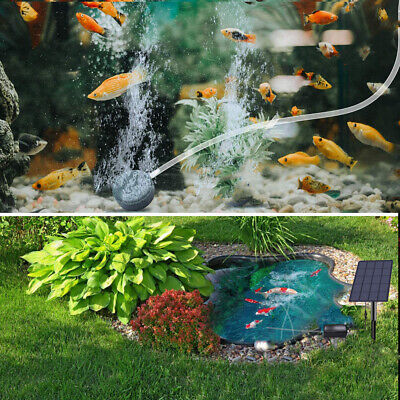A pond pump is a vital component of any pond, ensuring proper water circulation, aeration, and filtration. Whether you have a small garden pond or a large koi pond, the right pump will help maintain a clean and healthy aquatic environment. In this article, we explore the different types of pond pumps, their benefits, and how to choose the best one for your pond.
Why Are Pond Pumps Important?
-
Maintains Water Circulation – Prevents stagnant water, reducing the risk of algae buildup and mosquito breeding.
-
Supports Filtration – Works with pond filters to remove debris and contaminants, keeping water clear and healthy.
-
Enhances Oxygenation – Improves oxygen levels for fish and beneficial bacteria, promoting a balanced ecosystem.
-
Supports Water Features – Essential for waterfalls, fountains, and streams, adding beauty and movement to the pond.
-
Prevents Ice Formation in Winter – Keeps a section of the pond surface ice-free, allowing gas exchange and protecting aquatic life.
Types of Pond Pumps
-
Submersible Pond Pumps – Placed underwater, these pumps are ideal for small to medium-sized ponds and are easy to install.
-
External Pond Pumps – Installed outside the pond, these pumps are powerful and energy-efficient, best for larger ponds.
-
Solar-Powered Pond Pumps – Eco-friendly and cost-effective, these pumps rely on solar energy and are great for remote locations.
-
Fountain Pumps – Specifically designed for fountains, these pumps create decorative water displays and aerate the pond.
-
Waterfall and Stream Pumps – High-flow pumps that provide the necessary power to support waterfalls and streams.
Choosing the Right Pond Pump
When selecting a pond pump, consider the following factors:
-
Pond Size and Volume – Ensure the pump has enough capacity to circulate the entire pond water at least once per hour.
-
Pump Flow Rate – Measured in gallons per hour (GPH), choose a pump with the appropriate flow rate for your pond’s needs.
-
Energy Efficiency – Opt for an energy-efficient pump to reduce long-term operating costs.
-
Durability and Weather Resistance – Ensure the pump is built to withstand outdoor conditions.
-
Noise Level – Some pumps operate more quietly than others, which is important for backyard ponds near living spaces.
Installation and Maintenance Tips
-
Proper Placement – Submersible pumps should be positioned in a stable, debris-free area to prevent clogging.
-
Regular Cleaning – Remove debris and check for blockages to ensure efficient operation.
-
Check Seals and Tubing – Inspect connections regularly to prevent leaks and maintain performance.
-
Winter Care – If the pond freezes, either remove and store the pump or use a heater to prevent ice damage.
Conclusion
A pond pump is essential for maintaining water movement, oxygenation, and filtration, ensuring a thriving pond ecosystem. By selecting the right pump and following proper maintenance, you can enjoy a beautiful, healthy pond year-round.


